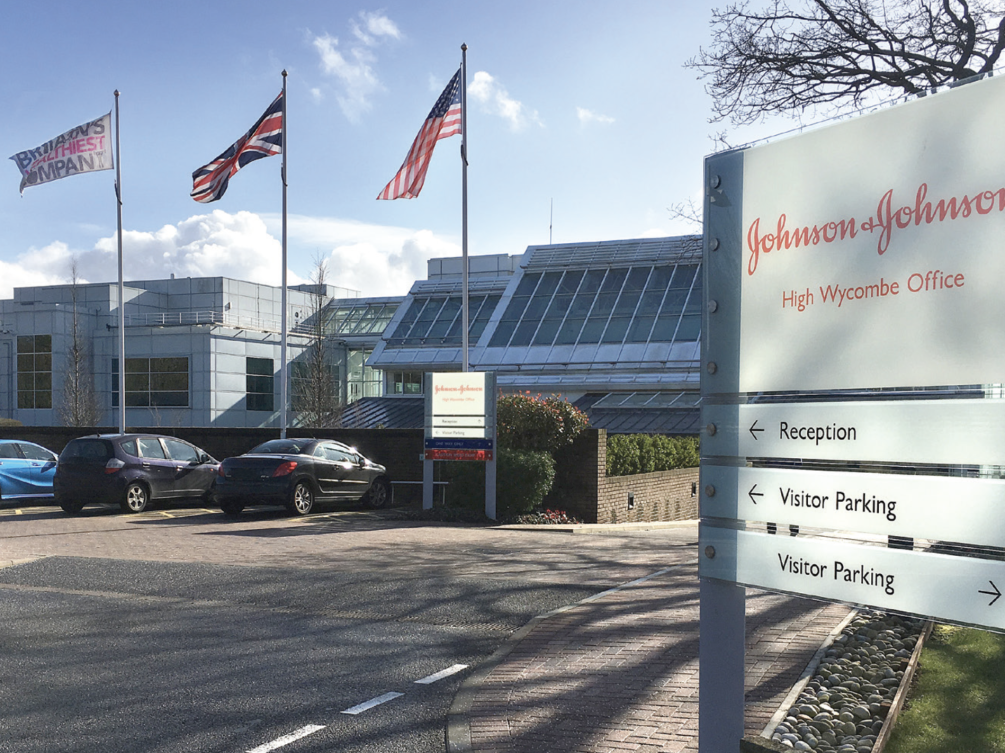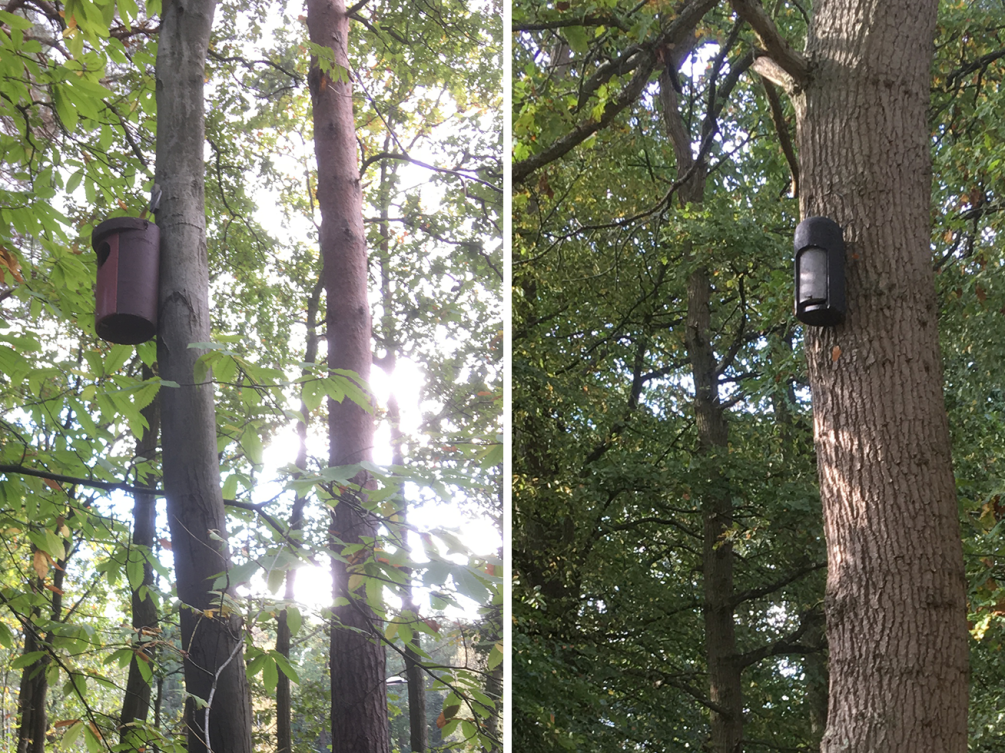From feathered and flying to four-legged and furry, animals are a critical—and beloved—part of our natural world. In many cases, they are also increasingly at risk.
According to the WWF’s 2018 Living Planet Report, there’s been a 60% decline in wildlife populations in the past 40 years.
To help wildlife around the globe, Johnson & Johnson has launched special initiatives—both big and small—aimed at protecting at-risk animals in their own backyards.
From a partnership that’s helping to increase the number of giant pandas in China to a project that’s boosting the bee population in Switzerland, here are five ways Johnson & Johnson is aiding wildlife around the world.
1.
Helping the panda population thrive in China
They’re known as the Three Musketeers.
Giant pandas Shanzai, LuLu and Johnson & Johnson (that is indeed his name!) were born last summer at China’s Shaanxi Academy of Forestry Qinling Mountains Giant Panda Breeding Center.
Johnson & Johnson was given his distinctive moniker to honor the center’s collaboration with Xian Janssen, part of the Johnson & Johnson family of companies, and its work to help protect these vulnerable animals.
Along with helping to care for the trio, Xian Janssen is providing support in other ways, including funding upgrades to the center’s giant panda facilities, as well as helping to advance the center’s breeding research work and public education efforts about the center’s conservation mission.
When the Three Musketeers are old enough, they’ll be released into the wild to help rejuvenate the panda population in the region.
2.
Building a summer home for migratory birds in New Jersey

Birds are welcome to feather their nests at Johnson & Johnson’s Skillman, New Jersey, campus.
In 2014, the site—home to 127 acres of farmland located at a crossroads of bird migration routes—embarked on a 10-year habitat restoration project aimed at both giving migratory and local birds a healthy habitat and improving the area’s water quality for the good of its aquatic residents.
With support from the New Jersey Audubon’s Corporate Stewardship Council and the U.S. Fish & Wildlife Service’s Partners for Fish and Wildlife Program, employee volunteers have planted more than 100 native trees, including American sycamore and silky dogwood; added shrubs around existing ponds and streams; and built kestrel boxes and bluebird houses on the property.
The result: a safe and welcoming place for feathered fauna to nest and feed between spring and fall migrations.
3.
Providing a safe haven for hedgehogs in England

Since 2000, hedgehog populations in the UK have been on a steady decline, partly due to accidents on roads.
To help these little critters find refuge from traffic, Johnson & Johnson’s Janssen site in High Wycombe, England, has placed strategic gaps in its fenced borders to allow them to enter the property, as well as created trails that encourage them to roam safely within its walls.
And to make the spiky mammals feel even more at home, the site also created a wildlife garden that features a plethora of insects, providing an abundant food source.
4.
Creating buzz about bee preservation in Switzerland

Have a taste for honey? You’re in luck if you work at the Johnson & Johnson campus in Zug, Switzerland, where six employees have been responsible for on-site beekeeping since 2012.
The objective is to help preserve the declining bee population, which is being threatened by environmental factors, insecticides and parasites.
And there’s a sweet byproduct: The hive harvest can yield up to 50 pounds of honey each season, which is then sold to employees, with proceeds going to charity. In 2017, the honey sold out in just three minutes!
5.
Giving owls and bats safe shelter in southeast England

Just because the nocturnal residents of Johnson & Johnson Medical Ltd’s Pinewood, UK, campus aren’t seen very often doesn’t mean they’re forgotten.
That’s why the site recently installed pipistrelle bat and owl boxes across its wooded acreage.
The bat boxes mimic the cozy cavities and crevices in trees where the mammals like to burrow. To keep them warm, each box was installed at an ideal angle to receive six to eight hours of direct sunlight each day. The owl boxes, which emulate tree cavities where the birds naturally nest, reside high up in trees, away from predators.
The goal? To give these winged creatures of the night—both of which are protected by federal law in the UK—a safe place to slumber and raise their young.



